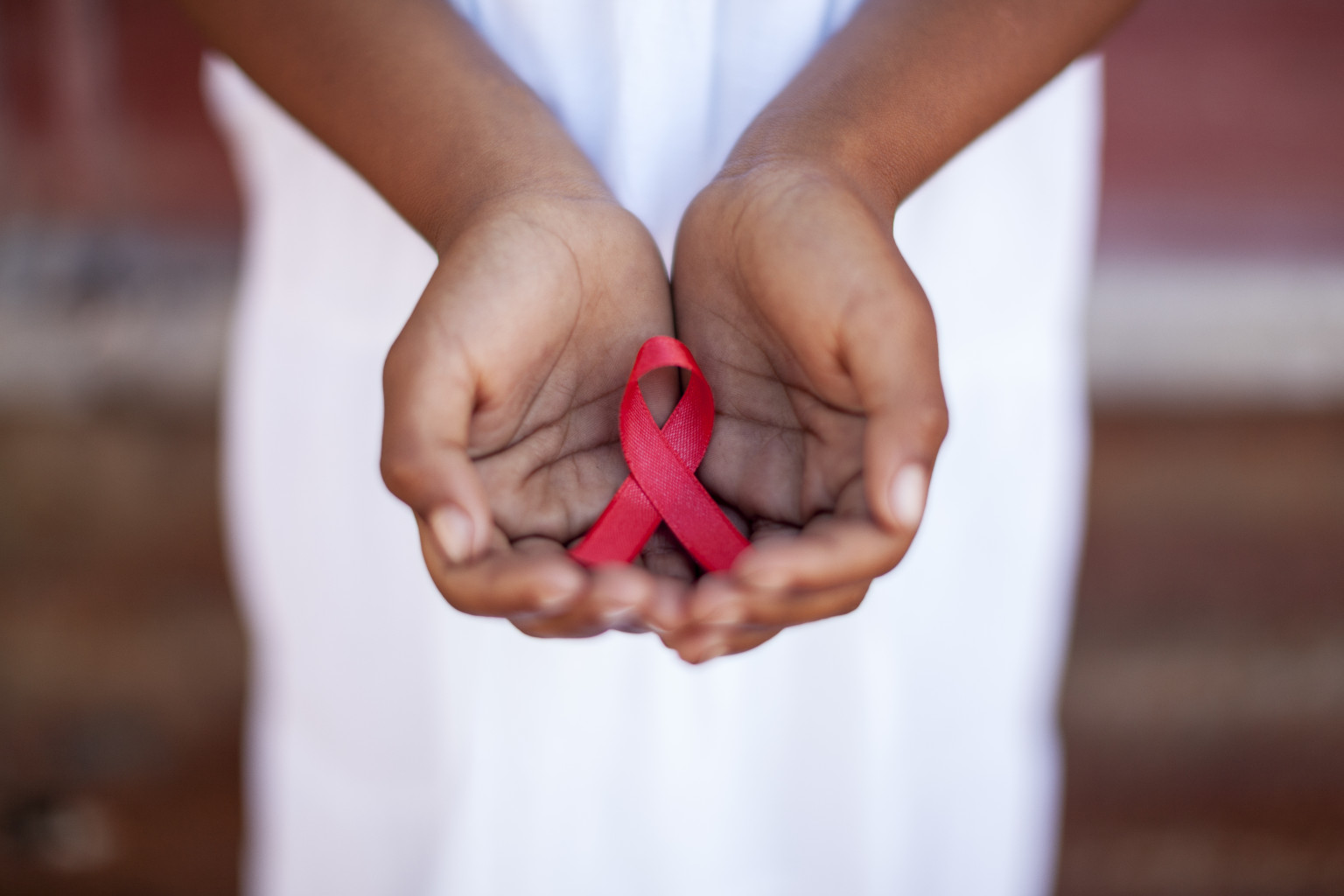
Rwanda has one of the lowest HIV prevalence rates on the African continent. Over the last decade, Rwanda has managed to stabilize the prevalence of HIV; the virus that causes the Acquired Immune Deficiency Syndrome (AIDS), at 3% in the general population aged 15-49 years. But despite or because of these relatively low figures, ignorance of HIV/AIDS issues is rampant and Rwandans continue to stigmatise people who test positive for the virus, writes Susan Babijja
Angelique Mukandayisenga, a resident of the Kagugu area of Kigali has since 1994 known that she is HIV positive.
“Way back in 1994, my husband used to fall sick with several illnesses. When we decided to go for medical check-up in 1994, we both tested positive. But my husband later passed on because it was too late for him to start on ARVs,” she says.
She says from the beginning, she feared revealing her HIV positive status to people because “even suspecting that you might be having it caused one problems in the community”.
She says nothing has changed much and narrates the ordeal her daughter, who is also HIV positive, has gone through. According to Mukandayisenga, her daughter has had to change schools because of stigmisation from “illiterate locals and students”.
“While taking my daughter to a different school, I don’t mention where I am taking her because the news can easily circulate and she has to attend school like others.
“Thank God that she finished Senior Six amidst all that strong stigmatisation and segregation from students,” she says.
Mukandayisenga wants the government to take tough action against HIV/AIDS stigmatisation in schools because many children have failed to study because of it.
She says the stigmatisation in schools contributes to the high levels of lack of knowledge about HIV/AIDS among teenagers. This, in turn, leads to the high infection rate of HIV in Rwanda; especially among teenagers and young adults. The HIV prevalence in Rwanda is slightly higher among women (3.7%) than among men (2.3%). Women and girls also represent nearly 60% of adults living with HIV and have a higher HIV prevalence than their male peers in nearly every age group.
The trend if not rates of HIV infection among these cohorts in Rwanda and similar to those in many developing countries.
“Education for girls may be critical to breaking that pattern, by increasing their understanding of risks, and their capacity to avoid them,” she says.
There is a lot of ignorance in the wider population. A 2013 preliminary report that was presented by the Rwanda Biomedical Centre (RBC) at the 2014 International HIV Research Conference in Kigali showed that one third of the respondents did not agree that HIV can be prevented through faithfulness.
The survey, which targeted women aged 15-49 and men between 15 and 59, also revealed that only 50 per cent of the people have knowledge of ARVs as long life therapy. The survey involved 14,298 people.
Mukandayisenga says increased awareness can help to overcome such ignorance and stigmasation of HIV/AIDS patients and reduce their fear to take medications and encourage more people to freely reveal their status.
Mukandayisenga recalls her own ignorance at the time she was first diagnosed with the infection.
“After getting the results, I almost ran mad,” she says, “It took me some time to lift myself up again.”
There result of such fear and stigmatization is that very few HIV positive Rwandans reveal their status. Many only do so within association of people infected with HIV.
But many are increasingly coming out and publicly declaring their status. One of them is Assumputa Kampororo from Muhanga district who says she has known her HIV positive statues for the last 14 years. She tested for HIV in 2002 at a time when testing for HIV was still a life-changing event.
“I was tested and they broke the sad news to me,” she recalls, “That day I felt like bursting out of my skin, the only thing I thought of was death surrounding me and my family.”
After knowing that she had HIV, doctors started counseling her and she started taking Anti-retroviral medicines. After six months she got better and joined an association of People Living with HIV.
“The association helped me feel at home,” she says.
But at home, she says, she always felt she was out of place because of segregation.
“Those who had HIV could just keep quiet which was leading to circulation of the infection,” Kampororo who was testifying before hundreds of people during the recent International AIDS Day December 01 said. She urged people not to fear going for HIV testing as it is the only way of getting treatment.
Kampororo said the government and other stakeholders had introduced a three months medical prescription regimen which was very good.
Introduced in June, the `Test and Treat All’ programme, which aims to encourage openness about HIV.
The programme is already having a positive impact according to the Country Manager Dr. Brenda Asiimwe Katera. She says more people are testing under the test and treat strategy, and new infections have also reduced. New infections have reduced by almost half, HIV related deaths have also halved, and geographical coverage of HIV services has increased as has the rate of medical male circumcision. She says the challenge remains with young girls, adolescent girls, long distance drivers, and homosexuals.
****
editor@independent.co.ug
 The Independent Uganda: You get the Truth we Pay the Price
The Independent Uganda: You get the Truth we Pay the Price



